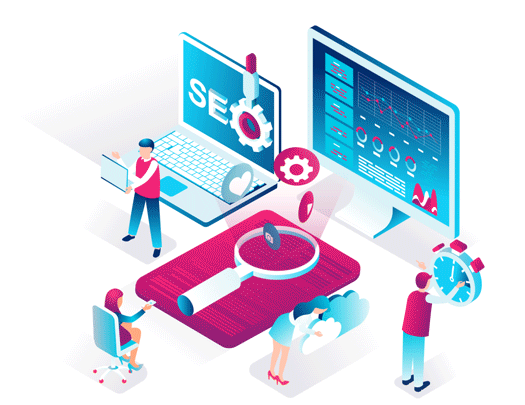Blog

Learn AI/ML Tools and Technologies
There are many tools and technologies available to help you master AI and ML skills. These tools continuously evolve, bringing new features and improvements. For data preprocessing, visualization, and model building, some essential libraries include:
• Pandas – for handling datasets
• NumPy – for numerical computations
• Matplotlib & Seaborn – for data visualization
• Scikit-Learn – for traditional ML algorithms
• TensorFlow & PyTorch – for deep learning models
If you're working on AI applications, you should also explore cloud platforms like Google Colab, AWS, and Azure for scalable model training and deployment.

Understanding Machine Learning Algorithms
Machine learning models rely on mathematical and statistical techniques to learn patterns from data. Some of the key algorithms that you should master include:
• Supervised Learning: Linear Regression, Decision Trees, Random Forest, Support Vector Machines (SVM)
• Unsupervised Learning: K-Means Clustering, DBSCAN, PCA
• Deep Learning: Neural Networks, CNNs (for images), RNNs (for sequences)
Start by implementing simple models and gradually move to advanced architectures like transformers and reinforcement learning models.

Mastering AI and Deep Learning
Mastering AI is a long-term journey. Focus on:
• Mathematical foundations: Linear Algebra, Probability, and Optimization
• Understanding architectures: CNNs for vision, LSTMs/Transformers for text
• Cloud computing: Deploying AI models on AWS, GCP, or Azure
• Ethics in AI: Ensuring fairness, transparency, and accountability in AI models
Learn, experiment, debug, and innovate—this is the cycle of AI mastery. Anyone can become an AI expert with dedication and a problem-solving mindset. 🚀

Hyperparameter Tuning & Model Optimization
A well-performing AI model is not just about choosing the right algorithm but also about fine-tuning it. Some important techniques include:
• Grid Search & Random Search – Finding the best hyperparameters
• Cross-Validation – Ensuring the model generalizes well
• Regularization (L1/L2, Dropout) – Preventing overfitting
• Early Stopping & Learning Rate Scheduling – Optimizing training time
AI is about experimentation. Every tweak in parameters can lead to significant improvements, so always analyze the model performance before finalizing it.

Exploring Deep Learning and Neural Networks
Deep Learning is the backbone of modern AI applications like self-driving cars, voice assistants, and generative AI. To master deep learning, start with:
Neural networks are inspired by the human brain. The key components include:
• Neurons & Activation Functions – ReLU, Sigmoid, Softmax
• Forward & Backpropagation – Learning through weight updates
• Loss Functions – MSE, Cross-Entropy, and Hinge Loss
• Optimizers – SGD, Adam, RMSprop
Before diving into complex models, build and train a simple feedforward neural network on datasets like • MNIST or CIFAR-10 using TensorFlow or PyTorch.
